2 billion people drink contaminated water – WHO
Thu 13 Apr 2017, 18:55:37
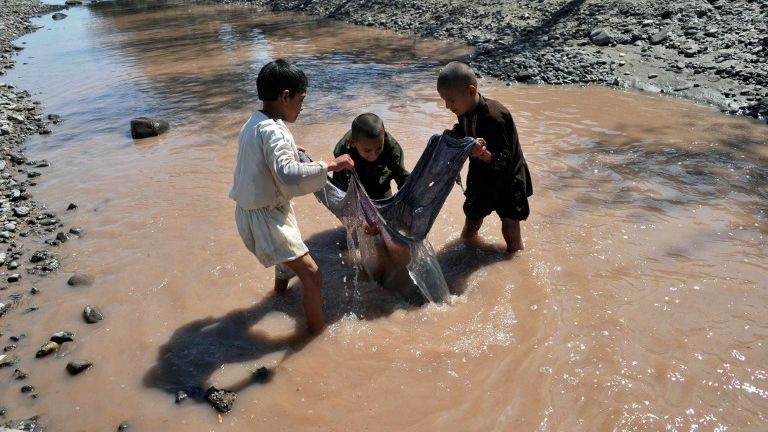
Hundreds of thousands of people die each year because they are forced to drink water contaminated with faecal matter, the World Health Organisation said Thursday, warning that dramatic improvements are needed in ensuring access to clean water and sanitation worldwide.
“Today, almost two billion people use a source of drinking-water contaminated with faeces, putting them at risk of contracting cholera, dysentery, typhoid and polio,” Dr Maria Neira, who heads WHO’s Department of Public Health, said in a statement.
“Contaminated drinking-water is estimated to cause more than 500,000 diarrhoeal deaths each year and is a major factor in several neglected tropical diseases,” she added.
The report warns that countries will not meet global aspirations of universal access to safe drinking-water and sanitation at the current rate of investment, urging countries to use financial resources more efficiently and increase efforts to identify new sources of funding.
According to the UN-Water Global Analysis and Assessment of Sanitation and Drinking-Water (GLAAS) 2017 report, countries have
increased their budgets for water, sanitation and hygiene at an annual average rate of 4.9 percent over the last three years.
increased their budgets for water, sanitation and hygiene at an annual average rate of 4.9 percent over the last three years.
Yet, 80 percent of countries report that water, sanitation and hygiene (WASH) financing is still insufficient to meet nationally-defined targets for WASH services.
SEE ALSO: Is climate change real? Yes and here’s how the world is fighting it
The national targets are often based on access to basic infrastructure but may not provide continuously safe and reliable services. In order to achieve the far more ambitious Sustainable Development Goals, more investment is badly needed.
In 2015, the UN General Assembly adopted the SDGs – a series of aspirational targets for eradicating poverty and boosting human well-being, including vowing to ensure universal access to safe and affordable water and sanitation by 2030.
In order to reach this lofty target, the World Bank estimates investments in infrastructure need to triple to US$ 114 billion per year – a figure which does not include operating and maintenance costs.
No Comments For This Post, Be first to write a Comment.
Most viewed from Specials
Most viewed from World
AIMIM News
Latest Urdu News
Most Viewed
May 26, 2020
Who will win The 2025 ICC Women's Cricket World Cup?
Latest Videos View All
Like Us
Home
About Us
Advertise With Us
All Polls
Epaper Archives
Privacy Policy
Contact Us
Download Etemaad App
© 2025 Etemaad Daily News, All Rights Reserved.

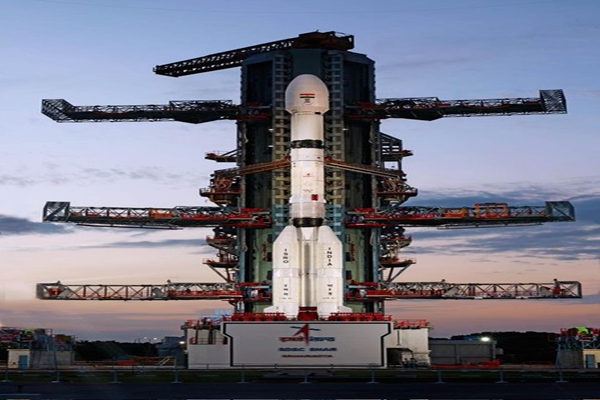

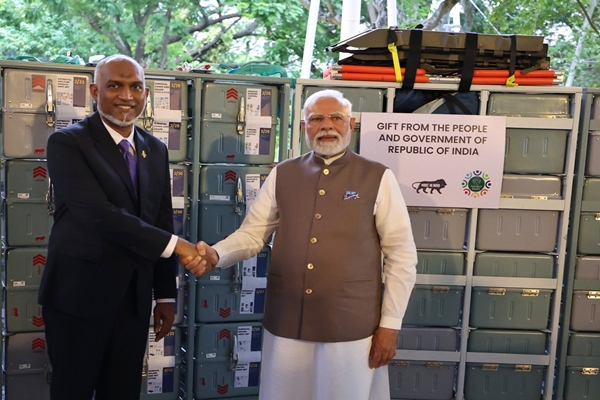

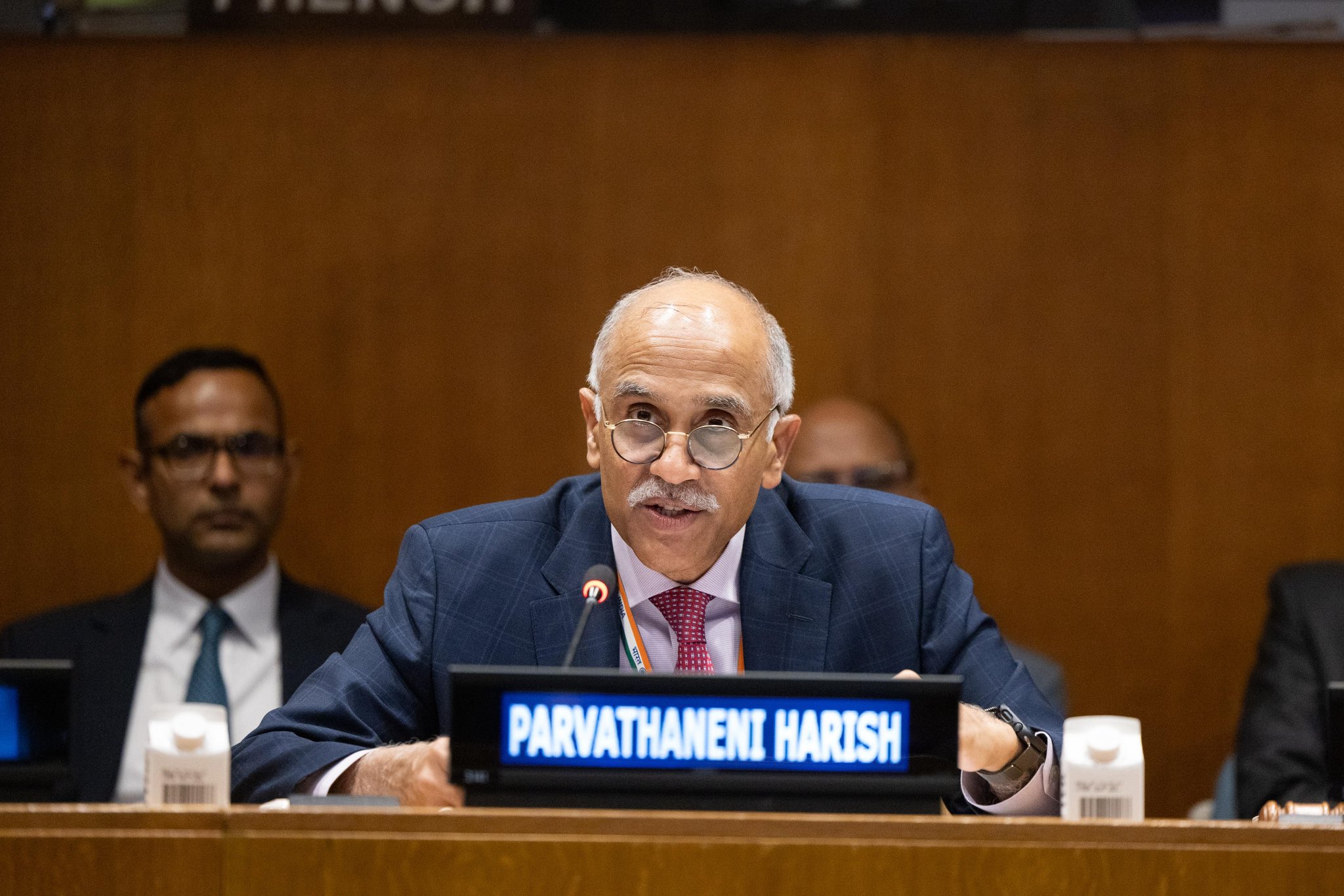

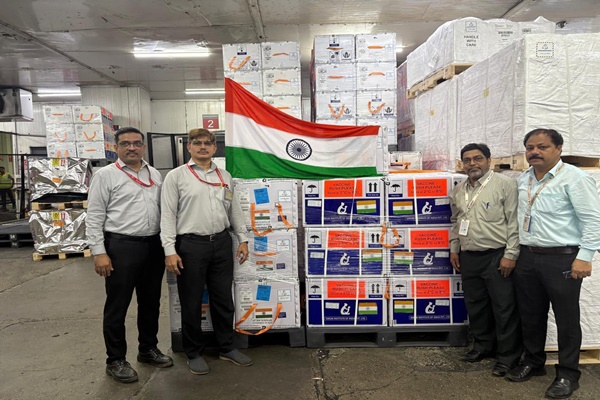
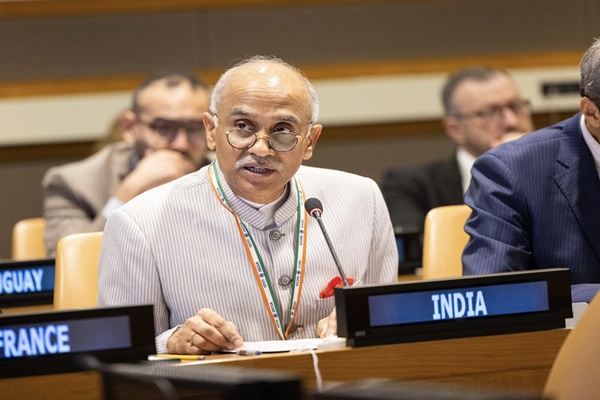

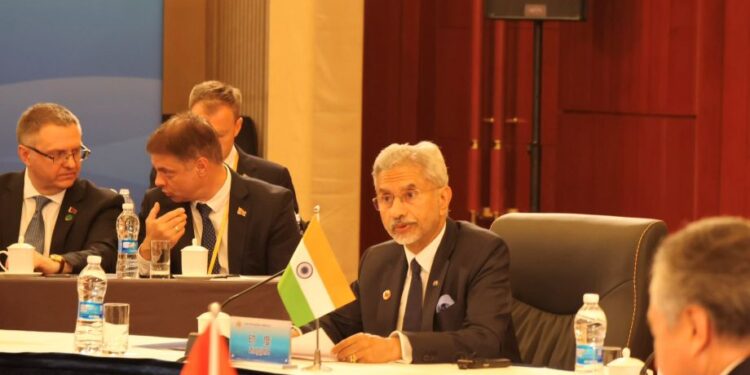



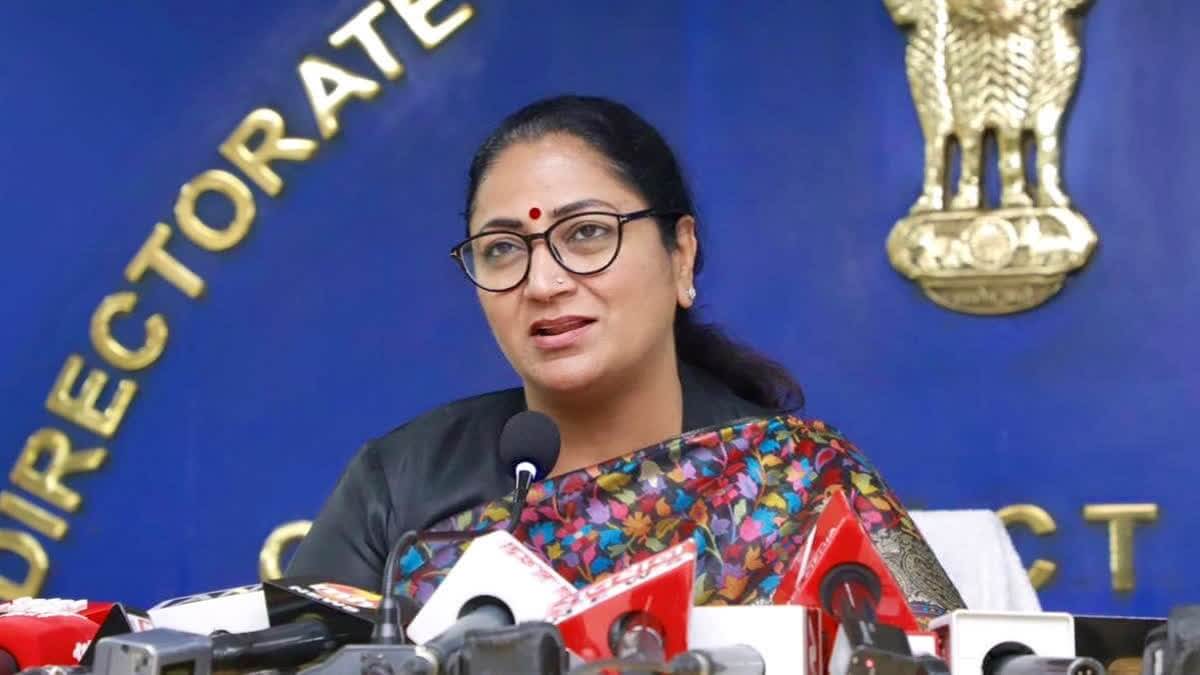
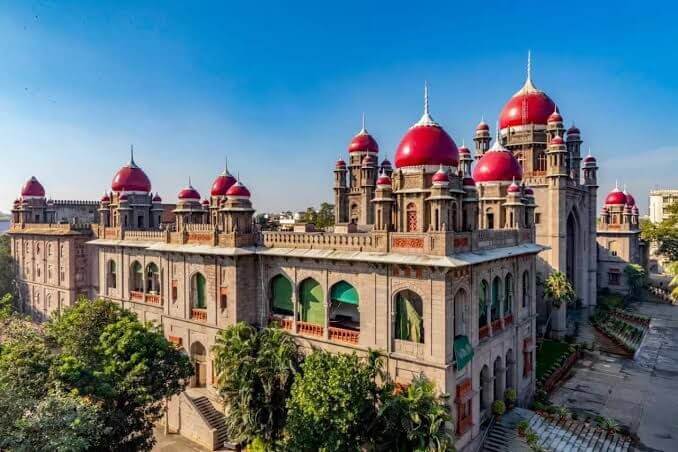
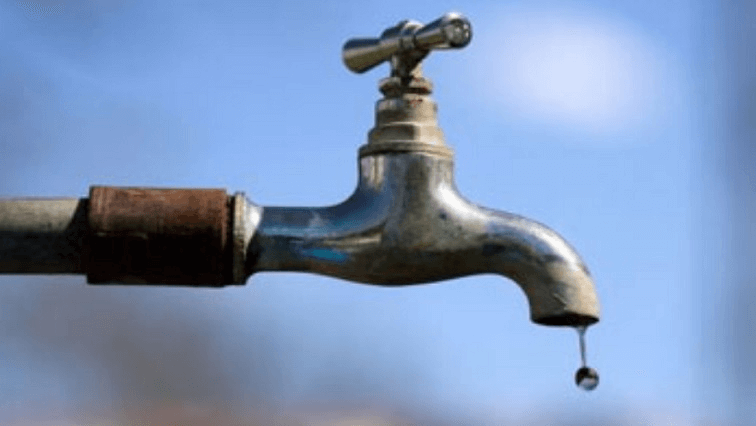



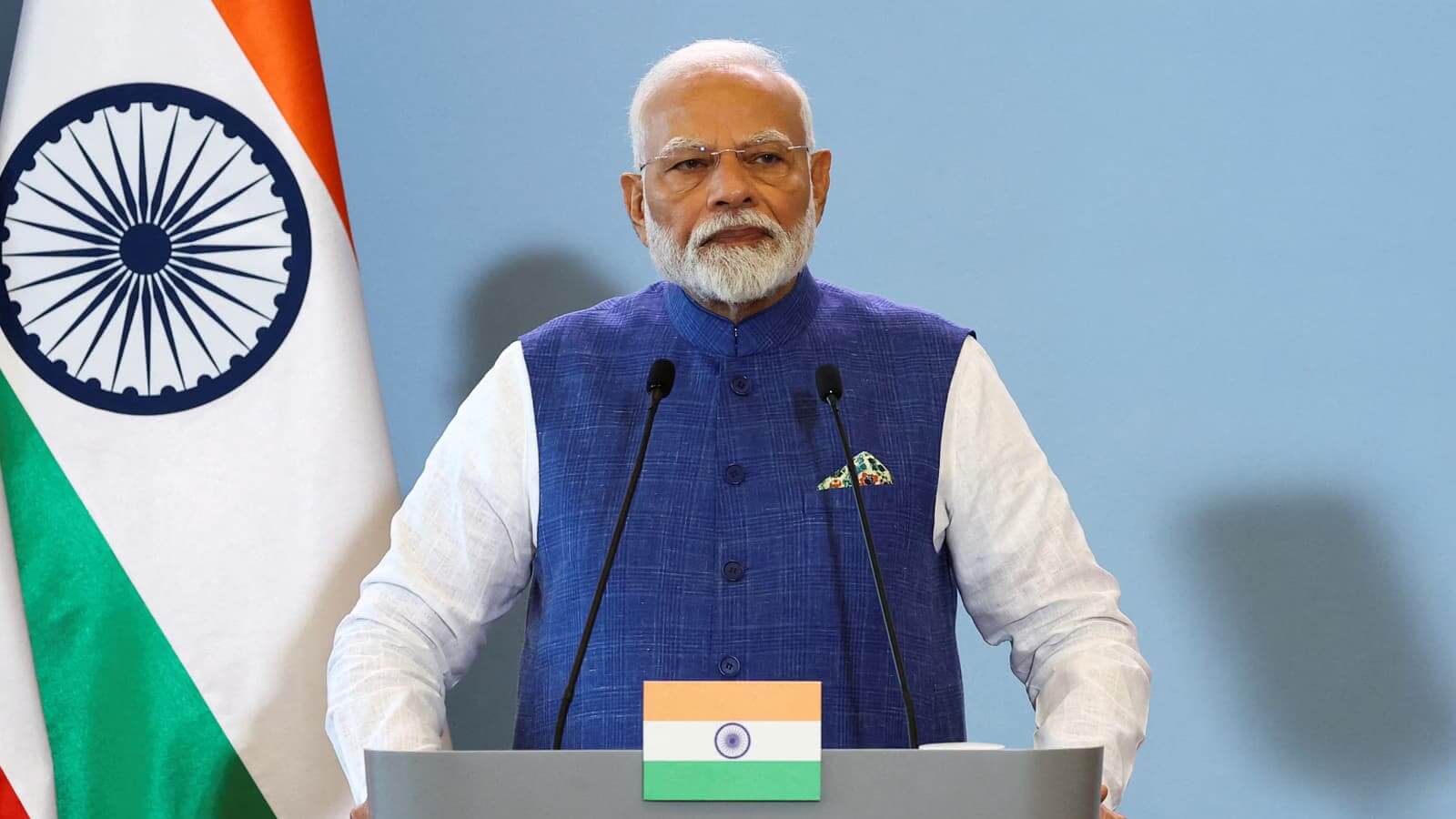
.jpg)
.jpg)
.jpg)
.jpg)







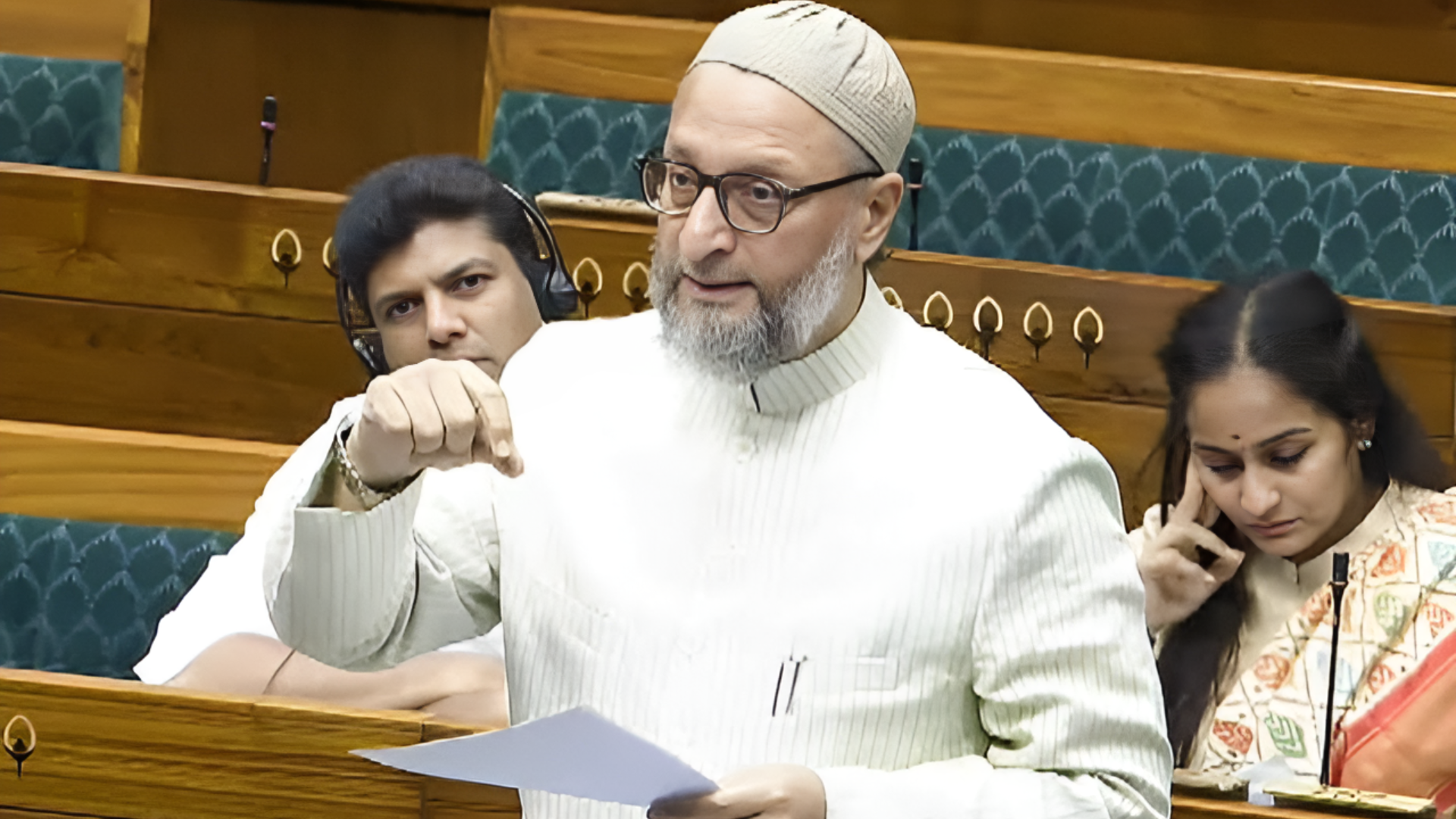
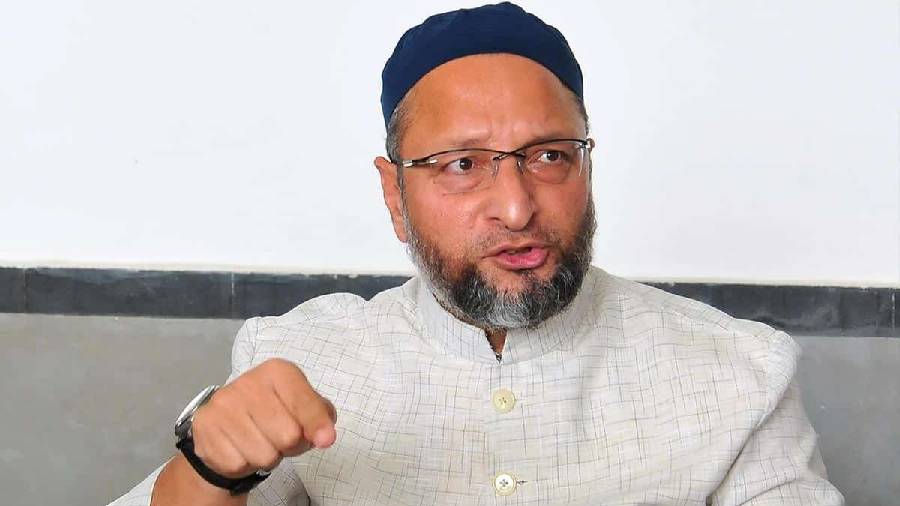
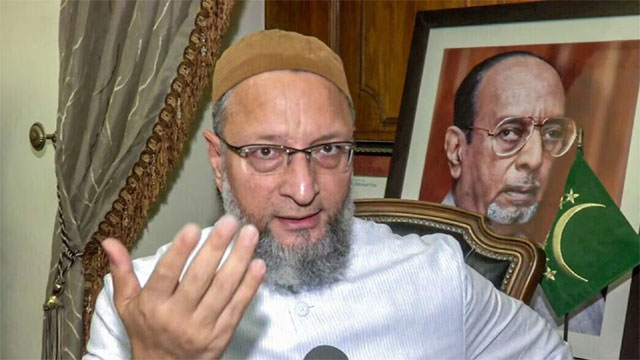

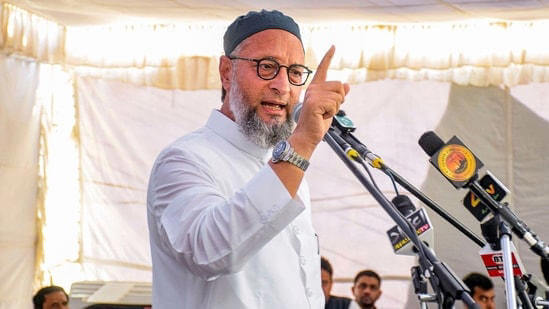
.jpg)
.jpg)
.jpg)


